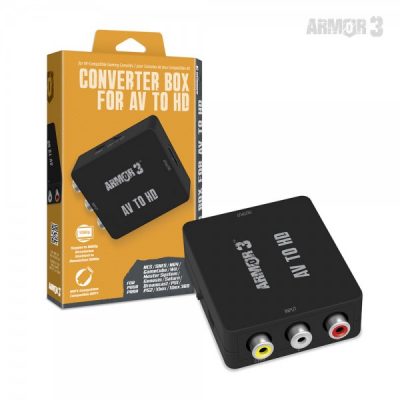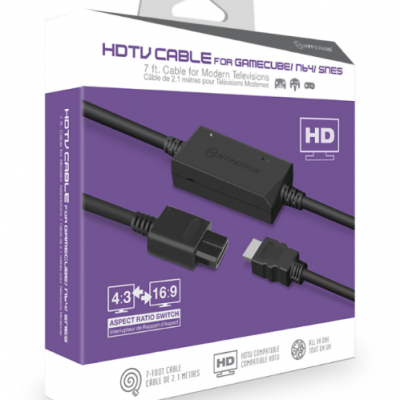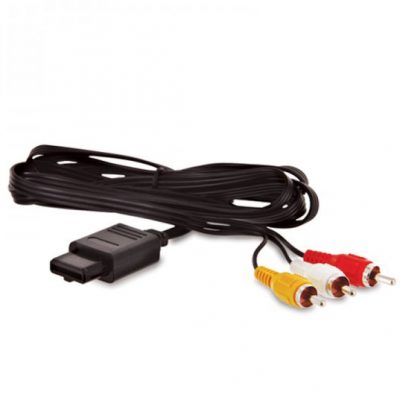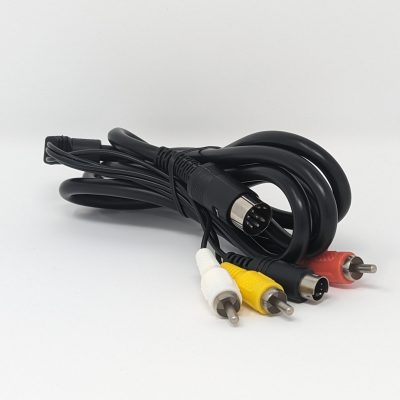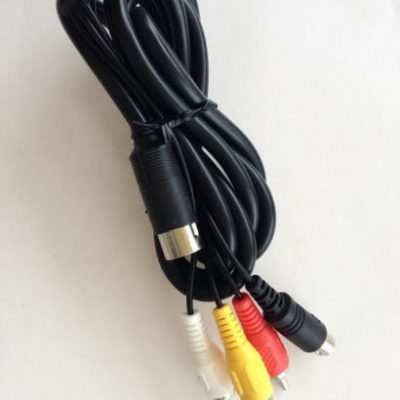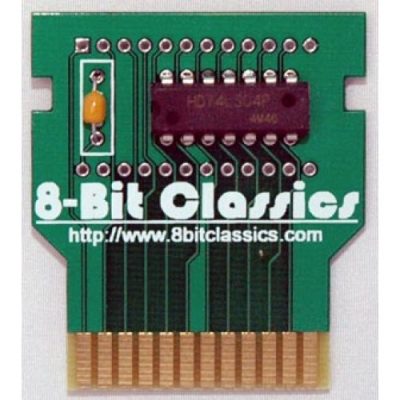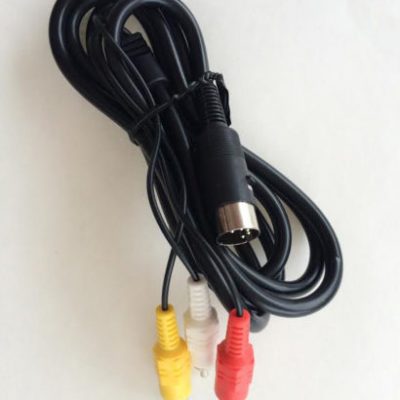Nintendo 64 (N64)
The Nintendo 64 (Japanese: ニンテンドウ64 Hepburn: Nintendō Rokujūyon), stylized as the NINTENDO64 and abbreviated to N64, is Nintendo’s third home video game console for the international market. Named for its 64-bit central processing unit, it was released in June 1996 in Japan, September 1996 in North America and Brazil, March 1997 in Europe and Australia, September 1997 in France. It was the last major home console to use the cartridge as its primary storage format until Nintendo’s seventh console, the Nintendo Switch, released in 2017. Though succeeded by Nintendo’s MiniDVD-based GameCube in September 2001, the Nintendo 64 was sold until the system was retired in late 2003.
Codenamed “Project Reality”, the N64 design was mostly complete by mid-1995, but its launch was delayed until 1996, when Time named it Machine of the Year. It launched with three games: Super Mario 64 and Pilotwings 64, released worldwide, and Saikyō Habu Shōgi, released only in Japan. As part of the fifth generation of gaming, the system competed primarily with the Sony PlayStation and the Sega Saturn. The suggested retail price at its United States launch was US$199.99, and it sold 32.93 million units worldwide. The console was released in a range of colors and designs over its lifetime.
* Information provided by Wikipedia
| Manufacturer | Nintendo |
| Generation | Fifth generation |
| Type | Home video game console |
| Release date | September 29, 1996 |
| Introductory price | US$199 |
| Discontinued | November 30, 2003 |
| Units sold | 20.63 million |
| Media | Nintendo 64 Game Pak |
| CPU | 64-bit NEC VR4300 |
| @ 93.75 MHz | |
| Memory | 4 MB Rambus RDRAM (8 MB with Expansion Pak) |
| 256 Kbit (32 KB) Controller Pak | |
| 64 MB Game Pak | |
| Graphics | SGI RCP @ 62.5 MHz |
| Sound | 16 bit, 48 or 44.1 kHz Stereo |
| Controller input | Nintendo 64 controller |
| Power | Switching power supply, 12V and 3.3V DC |
Categories

